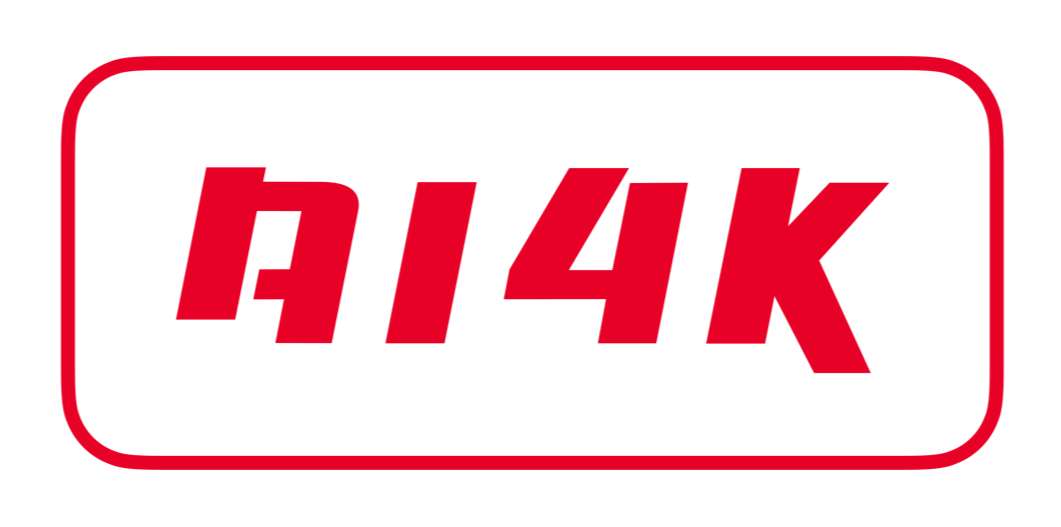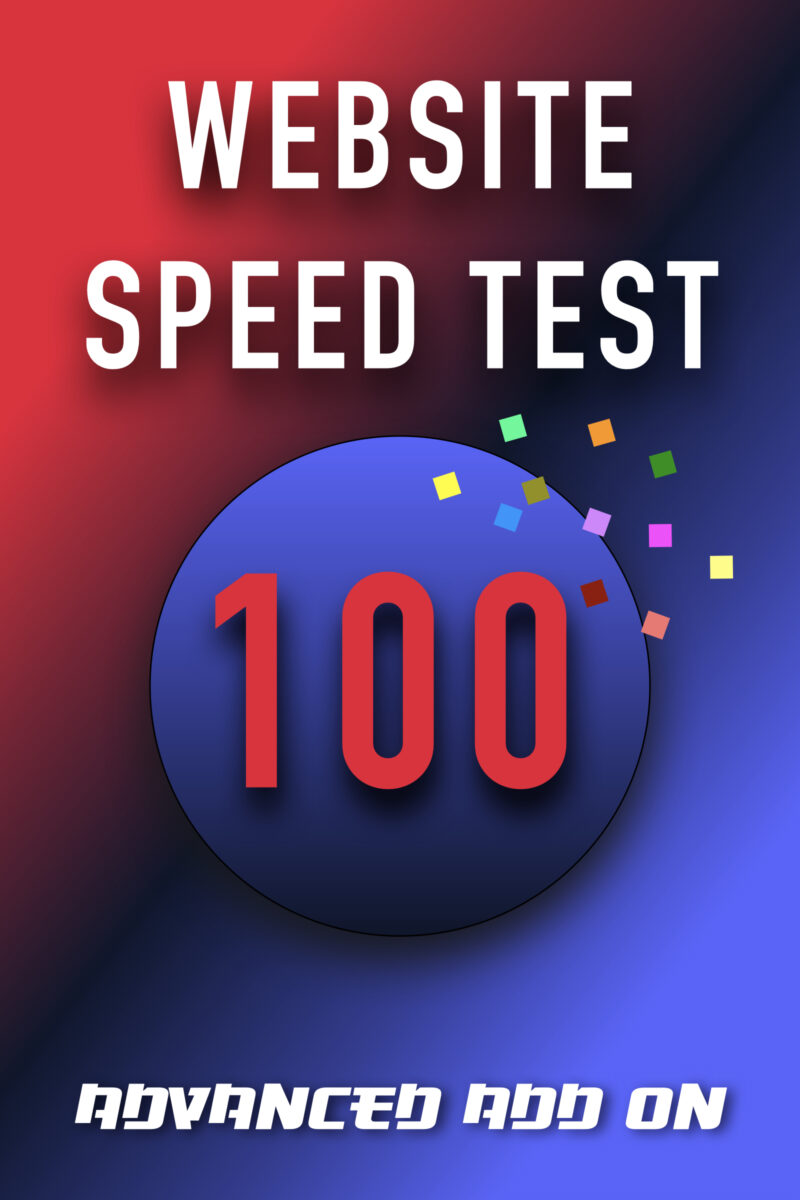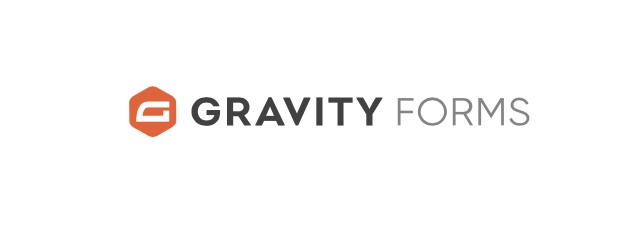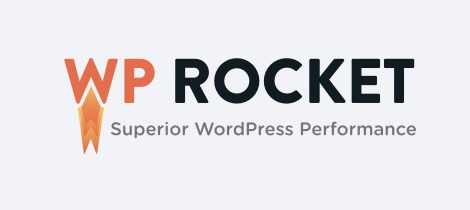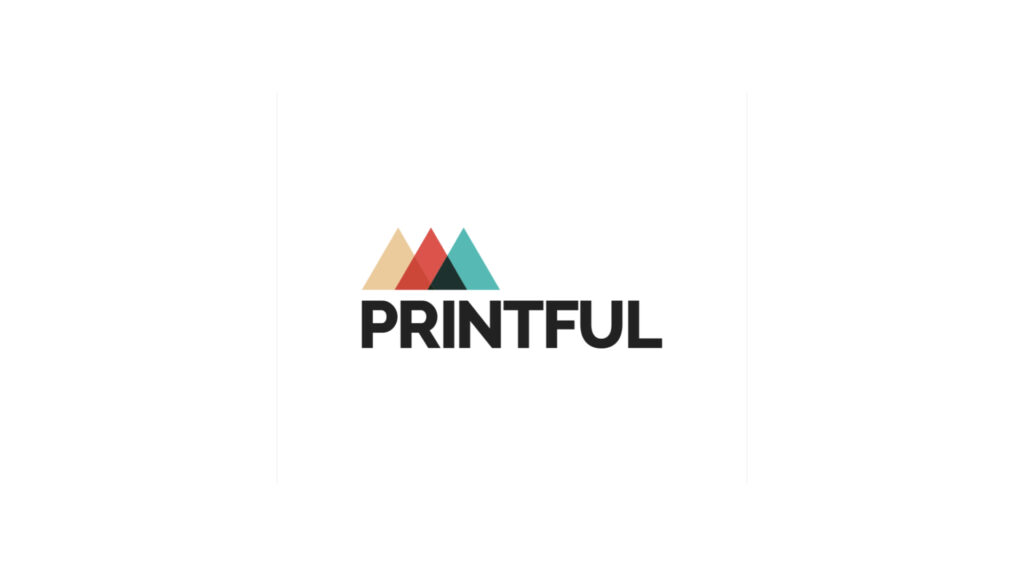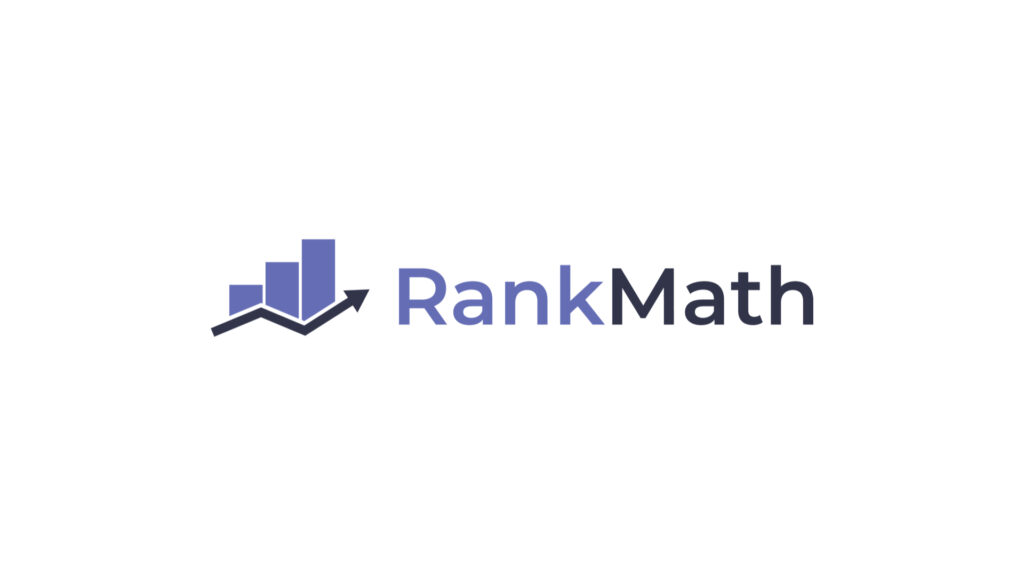Introduction to Lighthouse
A well-liked tool for evaluating the effectiveness of websites and web pages is called Lighthouse. It was created by Google and is offered as a Chrome extension and command-line interface.
The ability of Lighthouse to run a speed test on a website or web page is one of its primary capabilities. The duration it takes for a page to load, its size, and the quantity of server requests issued are all things that this speed test examines and can have an impact on how well a website performs.
Speed Testing with Lighthouse
Lighthouse can be used in a variety of ways to measure speed. Utilizing the Chrome extension, which can be downloaded from the Chrome Web Store, is one choice. After installing the extension, you can do a speed test by clicking the Lighthouse icon in the toolbar of your browser and choosing the “Generate report” option.
Utilizing the Lighthouse command-line interface gives you even another choice and enables you to do a speed test directly from the terminal. This option is helpful if you want to integrate Lighthouse into your development workflow or automate the process of testing the functionality of your website.
